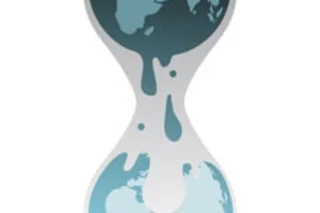Taylor Wilson, nuclear scientist, at TED2013. Spend a few minutes chatting with Taylor Wilson and three things will happen: You will feel old. You will feel dumb. You will feel like you’ve squandered your life. Wilson, who first garnered fame as the kid who built a nuclear reactor in his Reno garage, told the crowd gathered to hear him Wednesday at TED2013 that he’s left his first love, fusion, for a fling. “I’m really into fission now,” declared Wilson, still in his teens. “Is fission played out or is there something left to innovate there?” Wilson’s fission flirtation has led him to develop a compact molten salt reactor that he says needs refueling only once every 30 years, and “loves to eat downblended uranium.” Because much of the reactor is buried and its uranium is not weapons-grade, Wilson added, it’s less vulnerable either to terrorist attack or misuse. While his ...
TED Day 3: Fixing the Planet
Explore Taylor Wilson's vision for a compact molten salt reactor that offers sustainable energy solutions while ensuring safety.
More on Discover
Stay Curious
SubscribeTo The Magazine
Save up to 40% off the cover price when you subscribe to Discover magazine.
Subscribe






